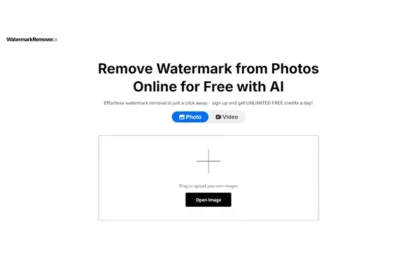Any business that requires a fleet in order to operate will need to protect that fleet. Whether we’re talking about a taxi company or a logistics provider, keeping the fleet safe and sustainably operable is paramount to the ongoing success of the business.
To adequately protect your fleet, you’ll need to design and integrate some kind of fleet management system. Today we decided to explore what it looks like to map your fleet management requirements, from thinking about more general goals to the specific functions of fleet management tools.
Clarify your fleet management goals
Before getting into the specifics of what your fleet management requirement details might look like, you should think about your goals more generally. Are you trying to comply with certain safety regulations? Decrease work-related incidents? Facilitate a higher degree of access control? Or a mixture of these and more?
Each organisation will typically have slightly different fleet management requirements, but there will also be a lot of overlap. Getting clear on these issues early on will help you to understand your specific fleet management needs.
Advanced access control needs
In a lot of cases, providers like Keyper Systems can be instrumental in achieving a higher level of access control. Not only do these solutions mean that you know who has control of a key at any point in time, but they can also be used to increase control over the key functionality itself.
Keys can be set to a timer so that use is only authorised for a fixed period of time, ensuring that they’re brought back on time. Functionalities like these can help to ensure that your fleet is only accessed by authorised individuals, substantially increasing safety and your ability to comply with a range of regulations.
Geographical tracking
In many cases, you’ll want to be able to track where different vehicles in your fleet are at any given moment. This can serve a wide range of functions, from providing live delivery information to customers in the logistics sector, to increasing the chance that expensive vehicles are recovered in the case that they’re stolen.
There are a number of different vehicle tracking options, and it’s worth taking the time to research which one fits your specific needs the best.
Integration
You may very well end up needing a number of different fleet management solutions to meet your needs. What’s important is that you’re able to integrate all of these solutions into a single, easily navigable interface. You’ll want to be able to access important data as quickly as possible, ideally through a single, cloud-based portal.
Mapping your fleet management requirements can be tricky, there are no two ways around it. In some cases, it might be worth speaking with a service provider of fleet management solutions, to get some advice on both the issues you might need to solve and the solutions you can use to do so. It’s a central aspect of protecting your business, and you need to do it well.










